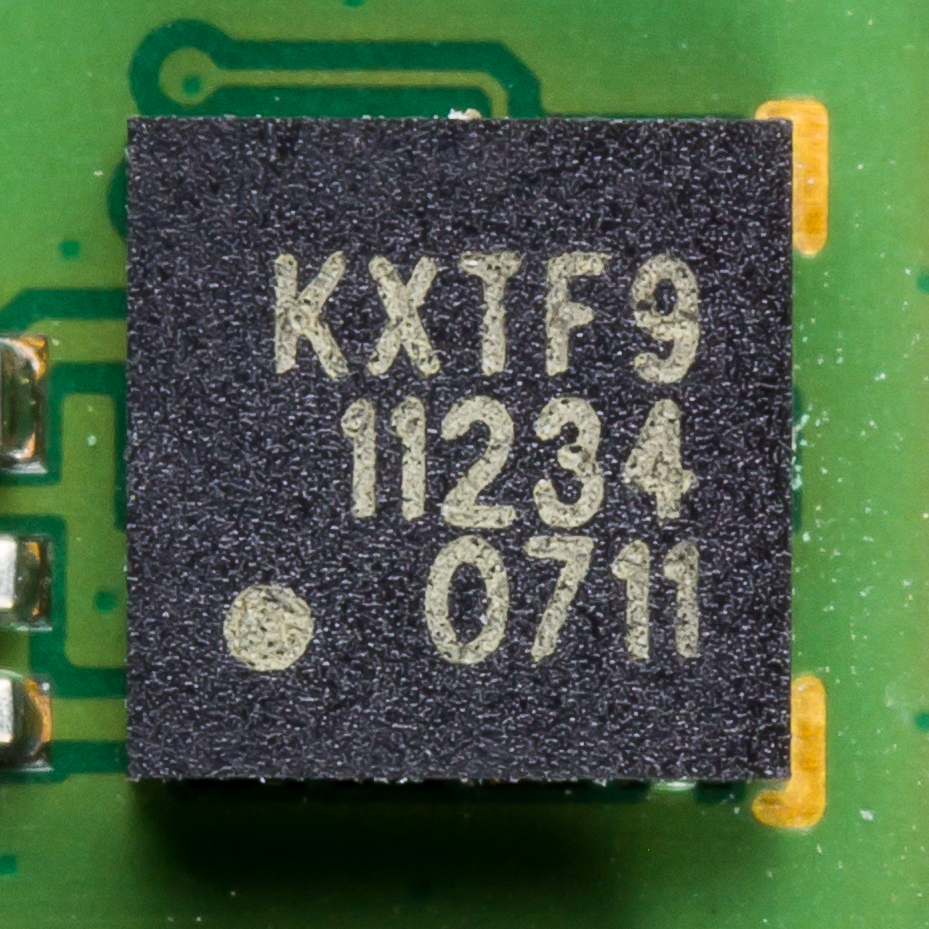|
Itsy Pocket Computer
The Itsy Pocket Computer is a small, low-power, handheld device with a highly flexible interface. It was designed at Digital Equipment Corporation's Western Research Laboratory to encourage novel user interface development—for example, it had accelerometers to detect movement and orientation as early as 1999.The Itsy Pocket Computer, Joel F. Bartlett, Lawrence S. Brakmo, Keith I. Farkas, William R. Hamburgen, Timothy Mann, Marc A. Viredaz, Carl A. Waldspurger, Deborah A. Wallach, WRL Research Report 2000/6, Compaq Western Research Laboratory, 250 University Ave, Palo Alto, CA 94301. https://www.waldspurger.org/carl/papers/itsy-wrl-20006.pdf Hardware * CPU: DEC StrongARM SA-1100 processor * Memory: 16 MB of DRAM, 4 MB of flash memory * Interfaces: I/O interfaces for audio input/output, IrDA, and an RS232 serial port ** Small 320 x 200 pixel LCD touchscreen for display and user input ** 10 general purpose push-buttons for additional user input purposes * Power supply: Pair of ... [...More Info...] [...Related Items...] OR: [Wikipedia] [Google] [Baidu] |
Digital Equipment Corporation
Digital Equipment Corporation (DEC ), using the trademark Digital, was a major American company in the computer industry from the 1960s to the 1990s. The company was co-founded by Ken Olsen and Harlan Anderson in 1957. Olsen was president until forced to resign in 1992, after the company had gone into precipitous decline. The company produced many different product lines over its history. It is best known for the work in the minicomputer market starting in the mid-1960s. The company produced a series of machines known as the PDP line, with the PDP-8 and PDP-11 being among the most successful minis in history. Their success was only surpassed by another DEC product, the late-1970s VAX "supermini" systems that were designed to replace the PDP-11. Although a number of competitors had successfully competed with Digital through the 1970s, the VAX cemented the company's place as a leading vendor in the computer space. As microcomputers improved in the late 1980s, especially wi ... [...More Info...] [...Related Items...] OR: [Wikipedia] [Google] [Baidu] |
AAA Battery
The AAA battery (or triple-A battery) is a standard size of dry cell battery. One or more AAA batteries are commonly used in low-drain portable electronic devices. A zinc–carbon battery in this size is designated by IEC as R03, by ANSI C18.1 as 24, by old JIS standard as UM-4, and by other manufacturer and national standard designations that vary depending on the cell chemistry. The size was first introduced by The American Ever Ready Company in 1911. An AAA battery is a single cell that measures in diameter and in length, including the positive terminal button, which is a minimum . The positive terminal has a maximum diameter of ; the flat negative terminal has a minimum diameter of . Alkaline AAA batteries weigh around , while primary lithium AAA batteries weigh about . Rechargeable nickel–metal hydride (NiMH) AAA batteries typically weigh . Use AAA batteries are most often used in small electronic devices, such as TV remote controls, MP3 players and digital camer ... [...More Info...] [...Related Items...] OR: [Wikipedia] [Google] [Baidu] |
Alkaline Battery
An alkaline battery (IEC code: L) is a type of primary battery where the electrolyte (most commonly potassium hydroxide) has a pH value above 7. Typically these batteries derive energy from the reaction between zinc metal and manganese dioxide, nickel and cadmium, or nickel and hydrogen. Compared with zinc–carbon batteries of the Leclanché cell or zinc chloride types, alkaline batteries have a higher energy density and longer shelf life, yet provide the same voltage. The alkaline battery gets its name because it has an alkaline electrolyte of potassium hydroxide (KOH) instead of the acidic ammonium chloride (NH4Cl) or zinc chloride (ZnCl2) electrolyte of the zinc–carbon batteries. Other battery systems also use alkaline electrolytes, but they use different active materials for the electrodes. Alkaline batteries account for 80% of manufactured batteries in the US and over 10 billion individual units produced worldwide. In Japan, alkaline batteries account for 46% of a ... [...More Info...] [...Related Items...] OR: [Wikipedia] [Google] [Baidu] |
SA-1100
The StrongARM is a family of computer microprocessors developed by Digital Equipment Corporation and manufactured in the late 1990s which implemented the ARM v4 instruction set architecture. It was later acquired by Intel in 1997 from DEC's own Digital Semiconductor division as part of a settlement of a lawsuit between the two companies over plagiarism. Intel then continued to manufacture it before replacing it with the StrongARM-derived ARM-based follow-up architecture called XScale in the early 2000s. History According to Allen Baum, the StrongARM traces its history to attempts to make a low-power version of the DEC Alpha, which DEC's engineers quickly concluded was not possible. They then became interested in designs dedicated to low-power applications which led them to the ARM family. One of the only major users of the ARM for performance-related products at that time was Apple, whose Newton device was based on the ARM platform. DEC approached Apple wondering if they might ... [...More Info...] [...Related Items...] OR: [Wikipedia] [Google] [Baidu] |
Accelerometer
An accelerometer is a tool that measures proper acceleration. Proper acceleration is the acceleration (the rate of change of velocity) of a body in its own instantaneous rest frame; this is different from coordinate acceleration, which is acceleration in a fixed coordinate system. For example, an accelerometer at rest on the surface of the Earth will measure an acceleration due to Earth's gravity, straight upwards (by definition) of g ≈ 9.81 m/s2. By contrast, accelerometers in free fall (falling toward the center of the Earth at a rate of about 9.81 m/s2) will measure zero. Accelerometers have many uses in industry and science. Highly sensitive accelerometers are used in inertial navigation systems for aircraft and missiles. Vibration in rotating machines is monitored by accelerometers. They are used in tablet computers and digital cameras so that images on screens are always displayed upright. In unmanned aerial vehicles, accelerometers help to stabilise fligh ... [...More Info...] [...Related Items...] OR: [Wikipedia] [Google] [Baidu] |


